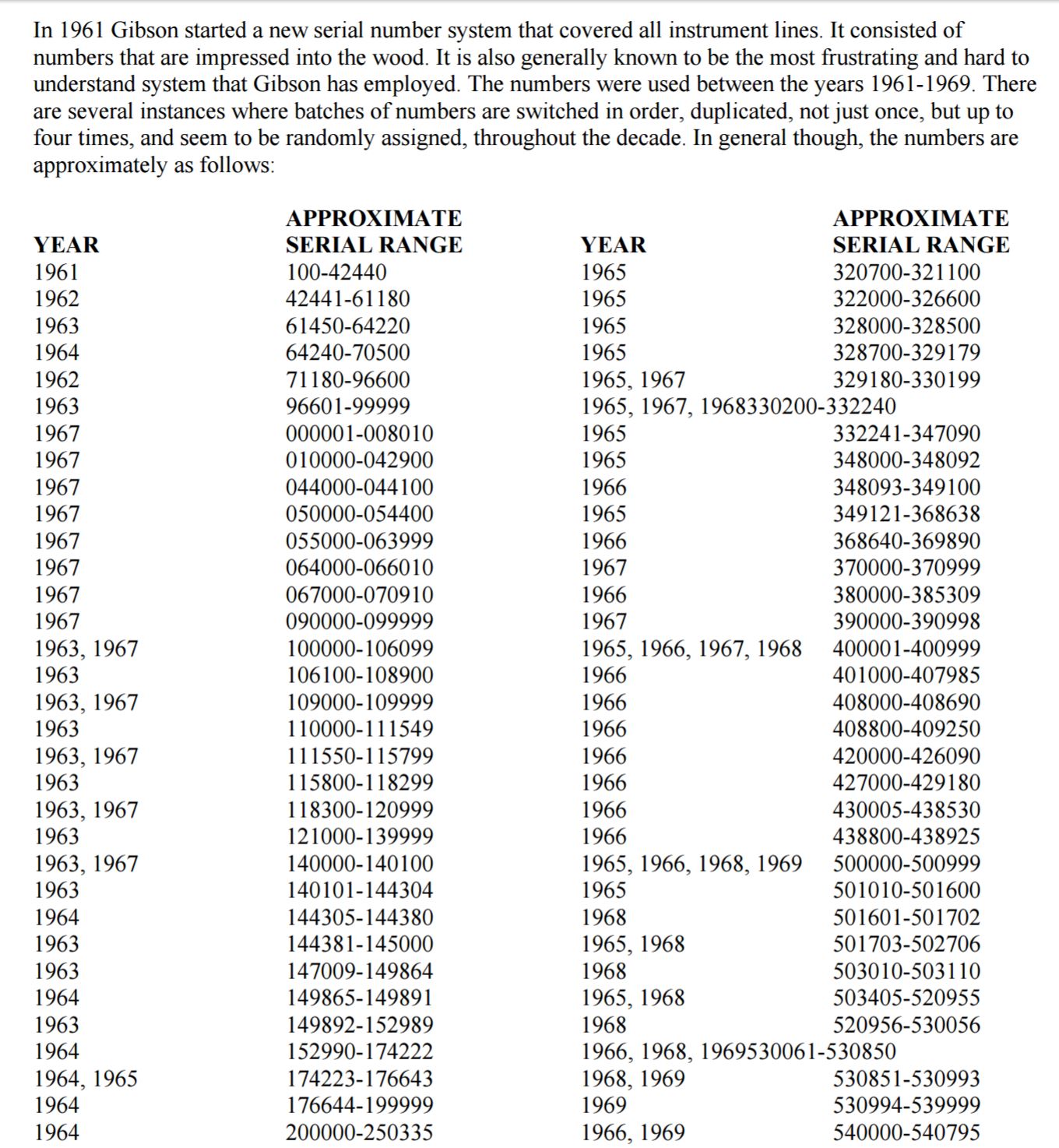Epiphone Les Paul Japan Serial Numbers
Vintage Guitars Info - Epiphone vintage guitar collecting general info Vintage Guitars Info's Vintage Epiphone Guitars. General Information and Specs. Epiphone vintage guitars general info and collecting. Private vintage guitar collector. Pictures, history for epiphone vintage guitars. 1965 Epiphone Sheraton (Route 66 Guitars) • • • • • • •: Archtop (full depth) Hollowbody Guitar Models • • • • • • • • • • • • • • • • Thinline (Gibson-made) Hollowbody Guitar Models: • • • • • • • • Flat top Guitar Models: • • • • Solidbody (Gibson-made) Electric Guitar Models: • • • • • • Introduction: Epiphone was a family business established in 1873 as 'the House of Stathopoulo' by Anastasios Stathopoulo, a greek violin maker.
In 1923 they incorporated and at this time made mostly high quality and fancy banjos. In 1928 the name was changed to 'Epiphone' after Epi Stathopoulo, president of the company and one of the founder's sons. In the 1930's, the company changed its emphasis to guitars. Epiphone was the only banjo company to successfully switch to guitar production. 1954 Epiphone catalog with a blond Emperor Zephyr Regent.
In 1952/1953 the C.G. Conn Company's (a band instrument manufacturer) Orphie got Epiphone distribution rights moved. Now most guitar production went to Philidelphia (although the labels still said New York). This was done partially as a 'strike break' move, as New York Epiphone workers were in conflict with the Stathopoulio family. The Stathopoulo family regained control again in 1955, but few if any instruments were made in 1956 and 1957.
The Chicago Musical Instrument company (CMI), which owned, bought Epiphone in 1957. When CMI purchased Epiphone, they got all of Epiphone's current stock of parts including bodies, necks, pickups, etc. Gibson used these 'New Yorker' parts in conjuction with their own parts when making Epiphones from 1958 to 1961. By 1961 Gibson has used up all the original New York-made Epiphone parts, and then used Gibson parts made in Kalamazoo.
Nov 05, 2018 Epiphone serial-number-information - identification. = Elite/Elitist models (See: Epiphone Japan Serial Numbers) F - Qingdao (China) = Les Paul Standard '59 / '60 / Tribute Models (See: F-Serial used on LP Std'59/'60 models and Tribute/Plus models). The Yamano Gakki Epiphone Japan serial numbers from 1998 onwards are in a YMMPPP format. Epiphone Les Paul, pretty light weight, trapezoid inlays in fretboard, Gibson plastic cover over neck rod, serial number s6019628. The serial number is a transparent.
Instruments from 1958 to 1969 are commonly referred to as 'Gibson/Epiphones'. When Norlin purchased CMI (Gibson) in 1969, all Epiphone production was moved to Japan. Later, productions was moved to Korea. Many of the imported instruments bear a label with Gibson's Kalamazoo address and no mention of Japan or Korea, which can be misleading. However, these import instruments have model numbers that do not correspond with Kalamazoo made Epiphone model numbers listed below. Also the serial number is usually 7 digits or longer (unlike U.S. Made Epi's with a 6 digit or less serial number).

In addition to the Zephyr and Zephyr Regent models, Epiphone applied the two terms to other models to signify electric or cutaway: • Zephyr = electric. • Regent = cutaway. Contruction and Value. High-end acoustic archtop Epiphones are constructed of high quality, solid woods. Electric archtop Epiphones are made from laminated woods.

Because of this, electric archtop Epiphones are much less desirable, and are worth considerably less than fully acoustic archtop models. Pre-1937 Epiphones are of very high quality and are generally much scarcer than later models. They have a smaller body and less modern neck feel than later models, and are less collectable.
The most collectable models are those made from 1937 when body sizes were increased, up to the end of New York productions (1956). Most desirable are the professional grade models on which the company built its reputation: Emperor, DeLuxe, Broadway and Triumph.
These models, along with Gibsons, are considered by most to be the best vintage factory-made archtop guitars produced. Mid-range and low-end models are generally regarded as student model instruments. Electric Archtop Epiphones. New York-made electric archtops are interesting but generally are not as collectable as equivalent acoustic models. Acoustic models are solid carved top and back whereas electrics are plywood.
Download video naruto episode 466 sub indonesia. In addition, the electronics on New York Epiphones are not as sonically good as compared to Gibson of the same period or to the later Gibson-made Epiphones. Therefore, New York electric archtop Epiphones are worth considerably less than Gibsons of the same period. 1940 Epiphone ad: 'For those who prefer blonds' Early Gibson Epiphones with New York pickups are of interest to collectors. Most hollowbody Epiphone electrics bring less than the equivalent Gibson models. Double cutaway thinbody electrics are the most highly sought after electric archtop models. The Emperor (single cutaway) is the rarest of the thinlines (66 made).